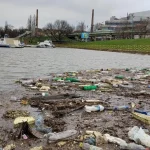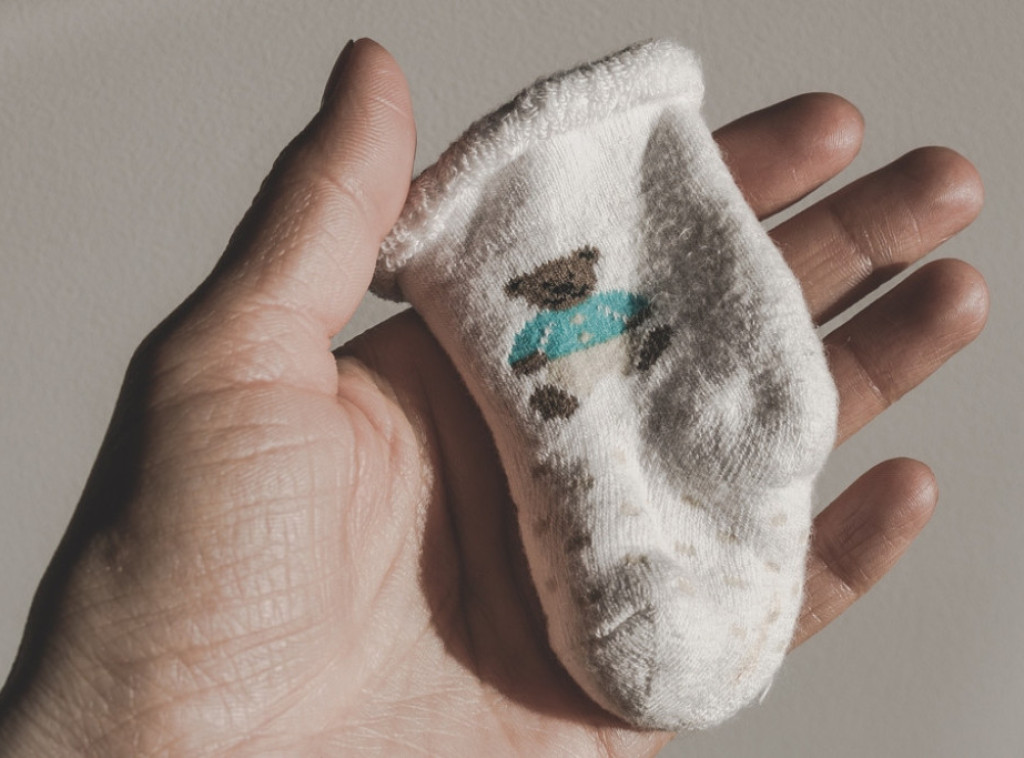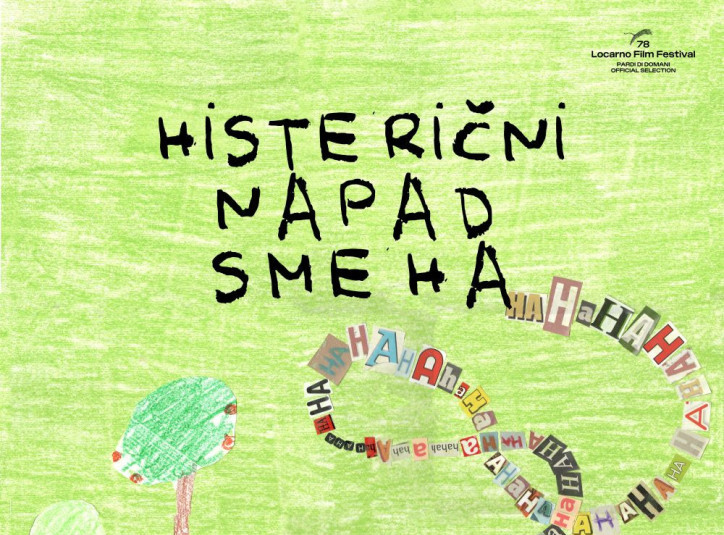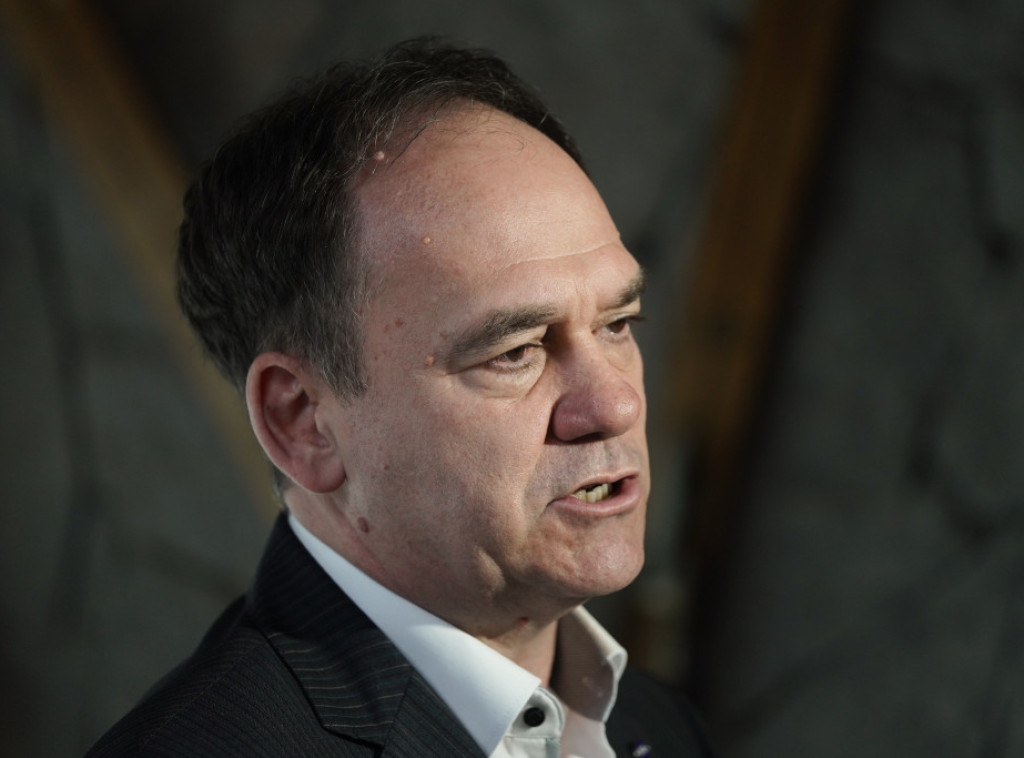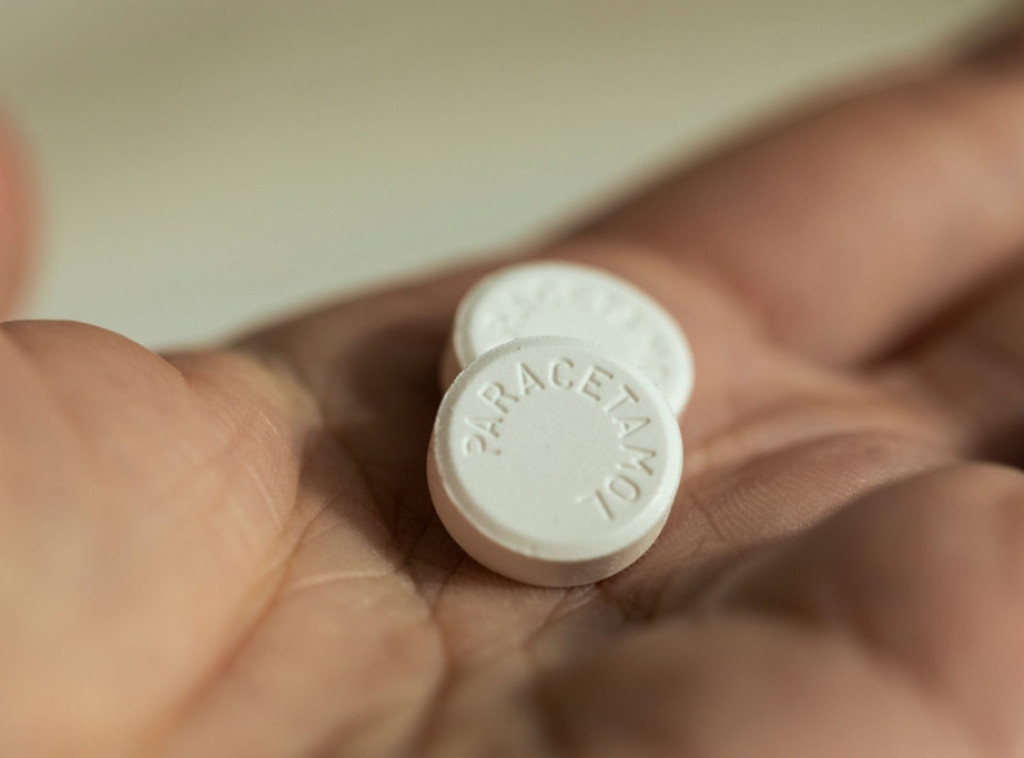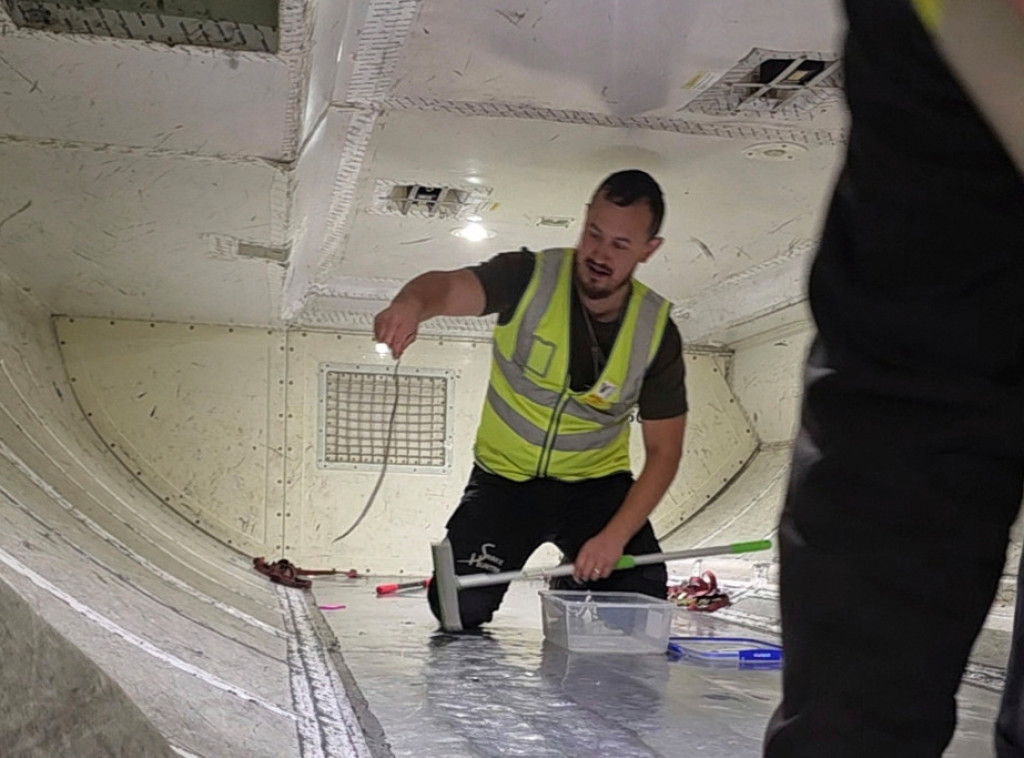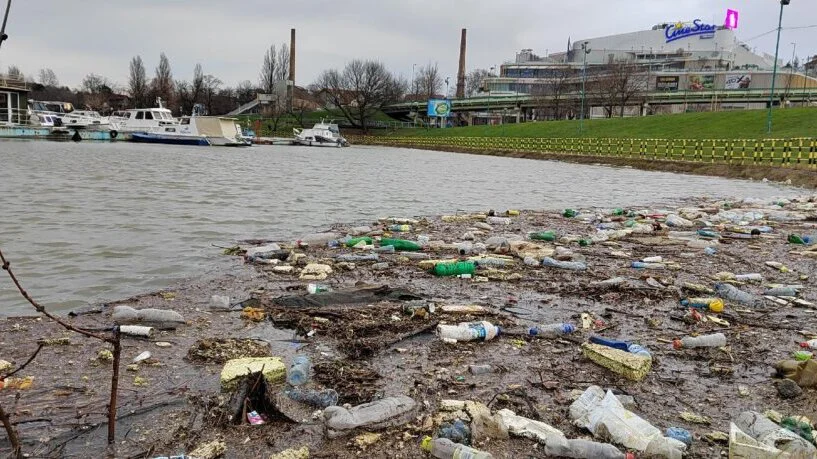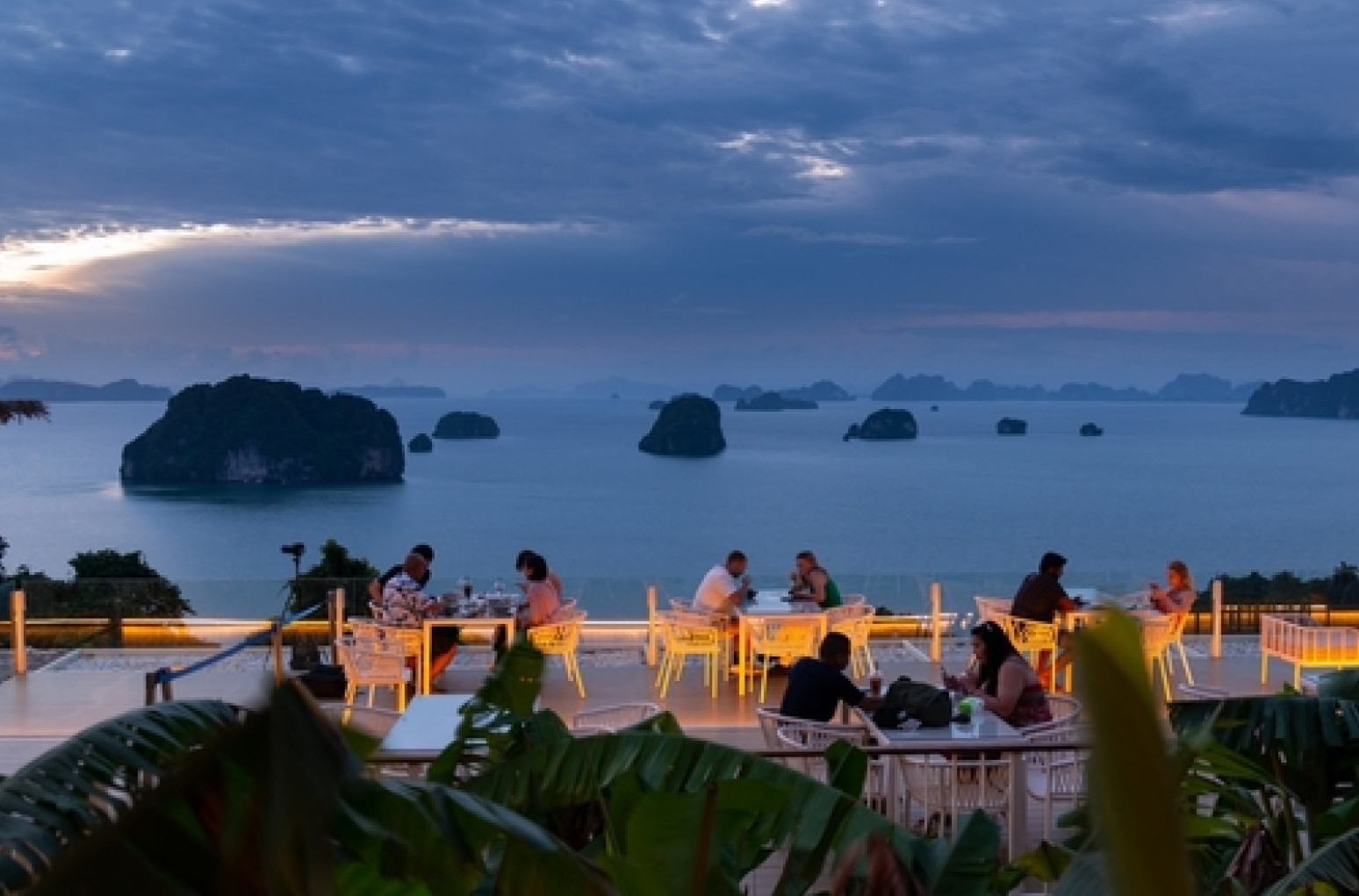Serbia in the Red: Natural Population Growth Plummets Like Never Before!
Imagine this: last year in Serbia, only 60,845 babies were born, while a staggering 98,230 people died! Yes, you read that right – nearly 40,000 fewer people! This means the natural population growth is deeply negative – minus 37,385 residents. The statistics released by the Republic Statistical Office leave no room for optimism.
Where Has Serbia Gone?
The number of live births has dropped, while the number of deaths has increased compared to the previous year. The natural growth rate is negative at 5.7 per mille, which is 0.3 per mille worse than before. The worst hit is the South and Southeast Serbia region, with a negative growth rate of 8.1 per mille. The Belgrade region fares slightly better but still negative at 2.5 per mille.
Only six municipalities have a positive natural growth rate: Tutin, Novi Pazar, Sjenica, Zvezdara, Novi Sad, and Pantelej. That’s two fewer municipalities than the previous year. So, most of Serbia is melting away like snow in the sun.
Who is Giving Birth and How Many?
The highest number of births is among women aged 30 to 34, with an average mother’s age of 30.5 years. The average age of women at the birth of their first child is 29.1 years. In urban areas, women give birth slightly later (31.3 years) than in other settlements (28.9 years).
The total fertility rate, meaning the number of children per woman, is only 1.63, still far below the level needed for natural population replacement. The highest fertility rate is in Šumadija and Western Serbia (1.67), and the lowest in the Belgrade region (1.58).
Death Statistics That Freeze Your Blood
Last year, 98,230 people died, about half men (48,000) and half women (49,000). The average age of the deceased was 75.4 years, with the highest number of deaths in the 75 to 84 age group.
The number of violent deaths increased by 2% compared to the previous year. Suicides rose by 34 cases, while murders dropped by 38 cases to 55.
The leading cause of death for both sexes was circulatory system diseases, accounting for 47.1% of all deaths, followed by tumors at 21%, and respiratory system diseases at 6%.
What Does This Tell Us?
Serbia faces a serious demographic crisis. Negative natural growth means fewer and fewer people. Young people delay having children, and the elderly pass away. Cities empty out, and villages even more so. This is not just statistics; it’s a wake-up call.
If nothing changes, Serbia will face even bigger problems – labor shortages, economic decline, and empty homes. Will the government finally realize that demography is the number one issue, or will we keep sinking?
Conclusion
Negative natural growth is not just a number – it’s the fate of an entire nation. Serbia is melting before our eyes, and we pretend everything is fine. If you have your own opinion or think this is exaggerated, drop a comment below. Maybe together we’ll find a solution or at least a good reason for a coffee and a chat about our country’s future.
Meanwhile, follow us for more shocking stats like this, and remember – Serbia is our home, but a home without people is just an empty building.

